AO Edited
Mütter Museum
America's most famous museum of medical oddities is home to the remains of Albert Einstein's brain.
Located inside the headquarters of the College of Physicians of Philadelphia, the Mütter Museum has a wide range of wondrous and curious medical displays.
These include the skeleton of the tallest known man ever to have lived in North America and the fused bones of Harry Eastlack, who died of Fibrodysplasia Ossificans Progressiva, an extremely rare disorder in which the soft connective tissue of the body ossifies, painfully freezing the body in an immobile state. These and many other exhibitions are displayed in some of the same Victorian cabinets that the museum began with in 1858.
Among the extensive collection is a set of brain slides curated not because of its defects, but because of its extraordinary brilliance. They look like strands of kelp, or shards of bark. But in fact, these slides contain slivers from the brain of the 20th century’s most famous scientist: Albert Einstein.
Einstein probably wouldn’t have been pleased. He wanted to be cremated, and for the most part, he got his wish. (His ashes were scattered in a secret spot on the Delaware River.) However, the pathologist on duty the night Einstein died in Princeton, New Jersey, wanted to keep the great physicist’s brain away from the flames, so that others might one day study it for clues to his genius.
The pathologist, Thomas Harvey, ended up embroiled in drama with Einstein’s family and executor, not to mention the hospital, but was eventually allowed to keep the brain as long as he used it only for scientific study (no tourist attractions allowed). At first, scientists who analyzed small sections of the gray matter saw nothing unusual, but by the 1980s, some began to find intriguing features in areas involved in visual, mathematical, and spatial processing. It turns out that Einstein’s Sylvian fissure (a prominent groove) was shorter than average, while his parietal lobes were slightly wider, and his left inferior parietal lobe richer in glial cells (which nourish neurons). Neuroscientists have theorized that this architecture may have allowed Einstein to think with the kind of “associative play” of images that he claimed was key to his discoveries.
However, the typology of Einstein’s brain can never completely account for his brilliance, in part because we don’t know what came first: was Einstein a genius because his brain looked this way, or did it look this way because he was a genius? It’s hard to know, especially without a lot of other Einstein-quality brains available. Meanwhile, this brain—a victim of 1950s-era preservation techniques and Harvey’s many journeys around the country—is no longer in great shape for study.
The Mütter’s forty-six microscope slides of the brain came from a Philadelphia neuropathologist named Lucy Rorke-Adams, who donated them to the museum in 2011. She received them from a colleague in the ’70s, who got them from Harvey himself. An octogenarian herself, Rorke-Adams said she wanted to find a safe place for the slides before she passed on. She chose well, and the slides are now one of the museum’s most prized possessions.
Easy to miss, but worth poring over, is the collection of 2,000 objects removed from people’s throats, housed in attractive wooden pull out display drawers. These are from the Chevalier Jackson Foreign Body Collection, amassed by Chevalier Jackson, who is considered to be the greatest laryngologist of all time.
Also of particular interest are the conjoined twin skeletons, delicately displayed in various jaunty positions; the plaster death cast of celebrated “Siamese Twins” Chang and Eng Bunker, who died within hours of each other; the “Soap Lady,” an exhumed corpse from the 1800s unusual for the waxy substance that formed around it during decomposition; and enough horrifyingly-detailed wax models and preserved human fetuses to last more than a lifetime.
Know Before You Go
Open from 10 a.m. to 5 p.m. daily. Minors are welcomed but must be accompanied by an adult. Photography is prohibited.
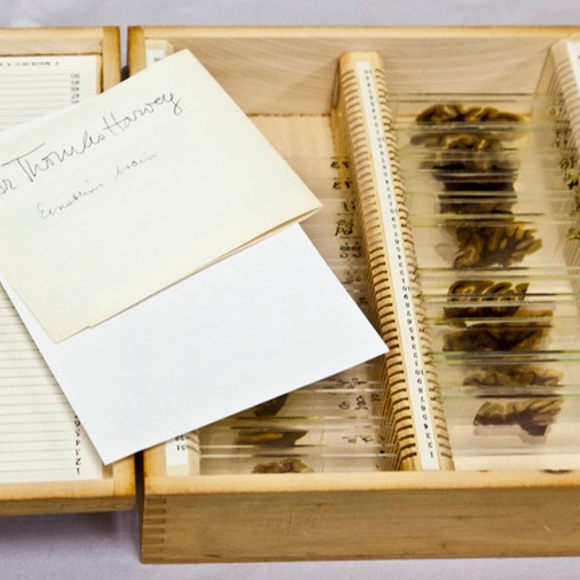


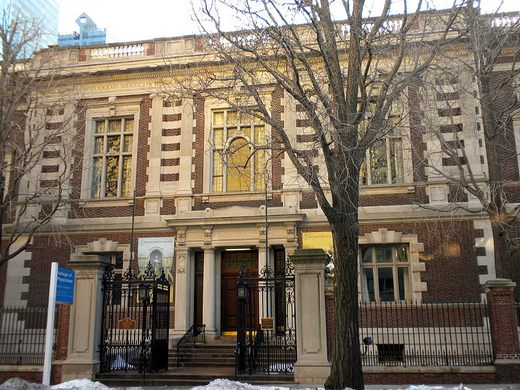
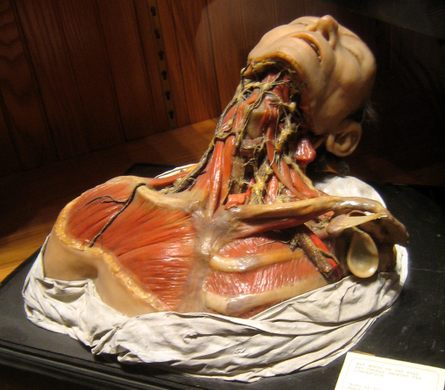
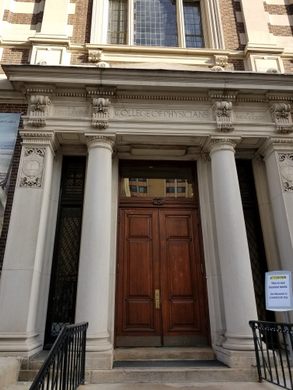

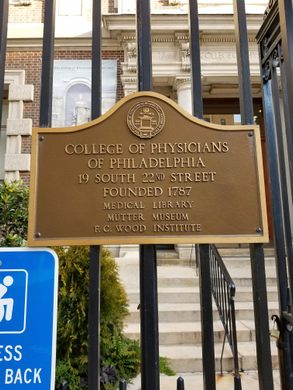
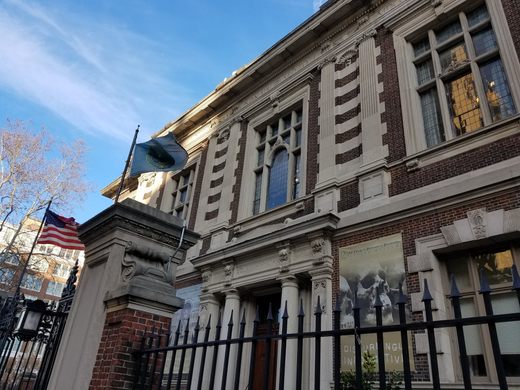

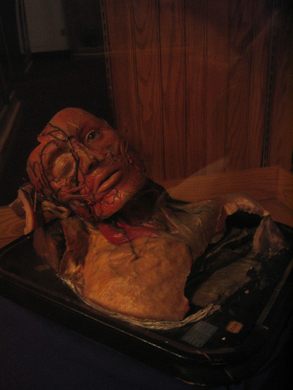


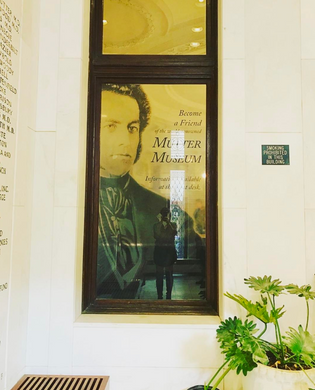
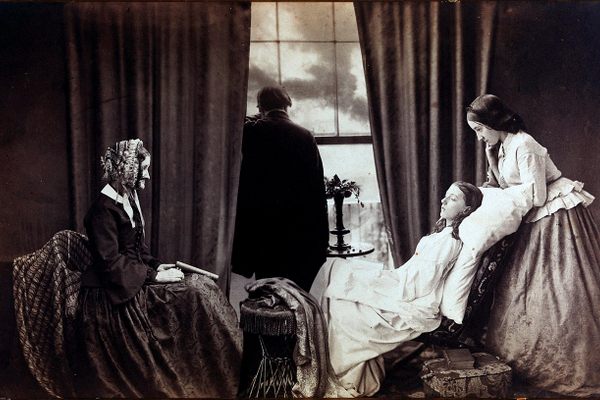















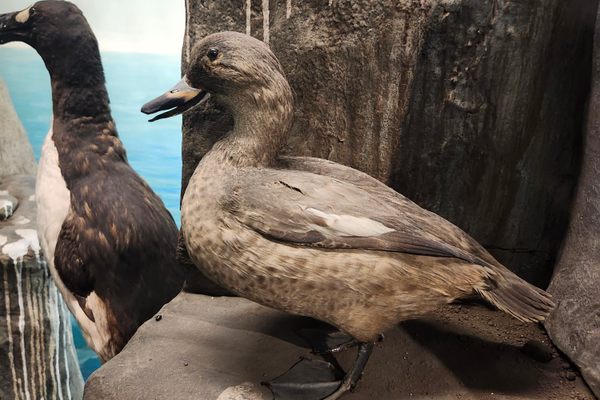



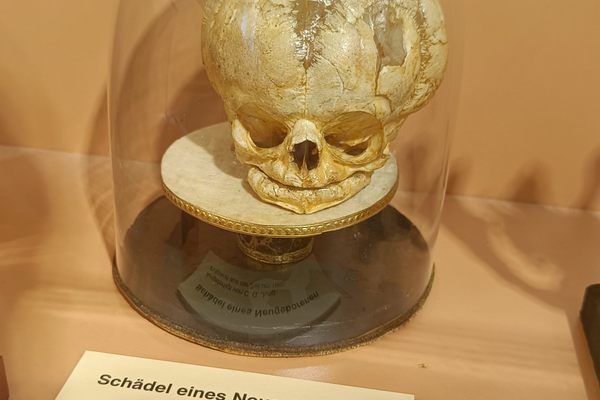

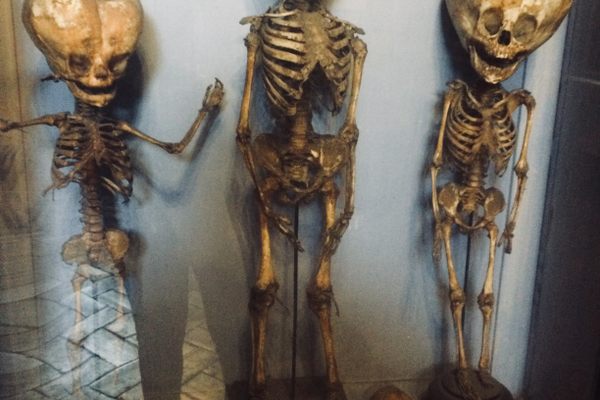
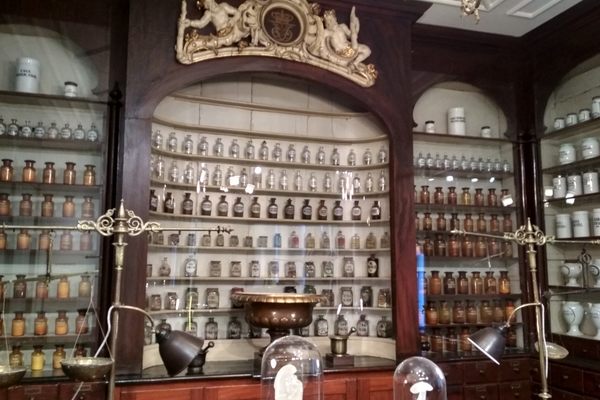






Follow us on Twitter to get the latest on the world's hidden wonders.
Like us on Facebook to get the latest on the world's hidden wonders.
Follow us on Twitter Like us on Facebook